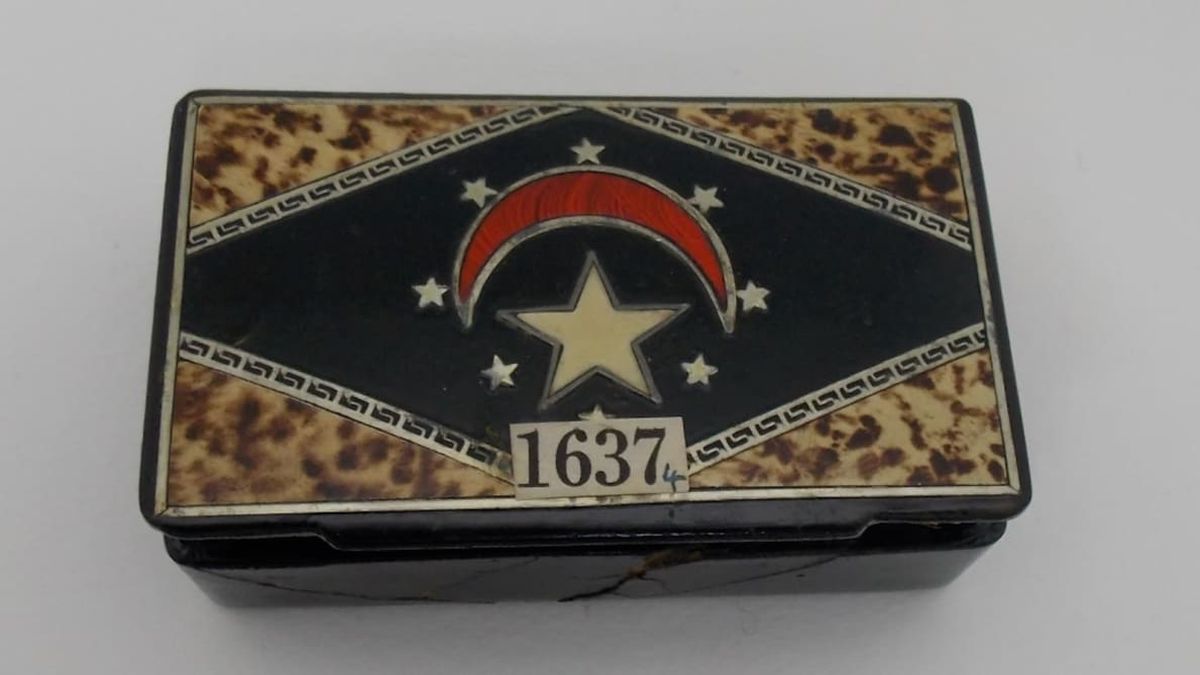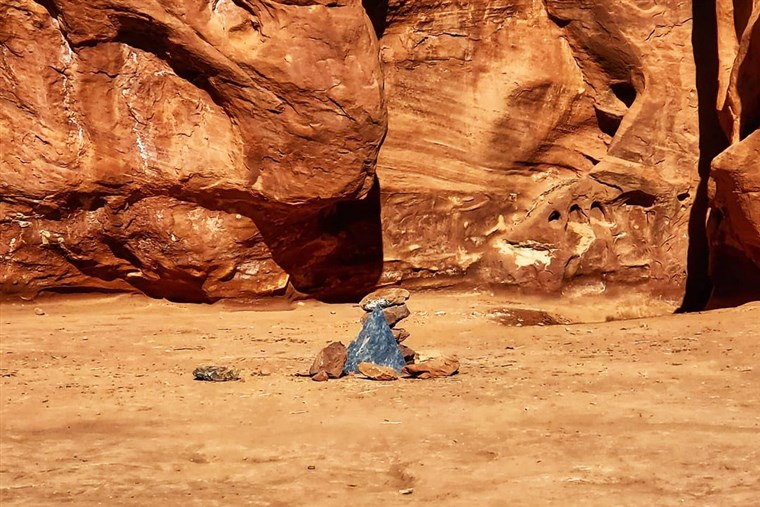Lost 5000-Year-Old Fragment Of Pyramids Found In Aberdeen

A study by the University of Aberdeen could shed light on new mysteries about the Great Pyramid. A missing piece from the pyramid has been found.
In 1872, engineer Waynman Dixon found three items in the Queen’s room at the Great Pyramid, today called Dixon heirlooms. Two of them are on display in the British Museum, while the third piece was a wooden cube.

This piece of wood has been at the center of rumors for a very long time. It was thought that the piece, about which there are many legends, was actually a measuring instrument and could also reveal the secret of how the pyramids were made.
19 years of research yielded results
In a recording in 2001, he said the piece of wood may have been donated to the museum collection of the University of Aberdeen. James Grant, who donated the collection, studied medicine at the university in the 1860s and befriended Dixon, who later helped him with his work on the Great Pyramid.

Following Grant’s death, his collection was donated to the University in 1895. However, because the studies were not detailed enough, the value of the Cedar piece of about 13 centimeters was thrown aside before it could be understood.
Many years later, an Egyptian researcher named Abeer Eladany began to study this piece. The researcher, who became interested in the University’s Asian collection, compared the records and eventually uncovered the missing piece.
Discovery caused a stir
Due to coronavirus restrictions, the lost Cedar fragment was normally part of a larger whole. The large piece was first seen in a robotics review in 1993. Access to that area is no longer possible.

Recent research results showed that the age of the piece of wood came from 3341-3094 BC. This corresponds to about 500 years before the era of Pharaoh Khufu, who built the Great Pyramid. This, in turn, supports theories that the Dixon heirlooms remained before their construction, not after the construction.
Neil Curtis, from the University of Aberdeen, said in a statement that the missing piece was older than predicted and that they expected a revival of interest in the Dixon heirlooms thanks to the discovery.




